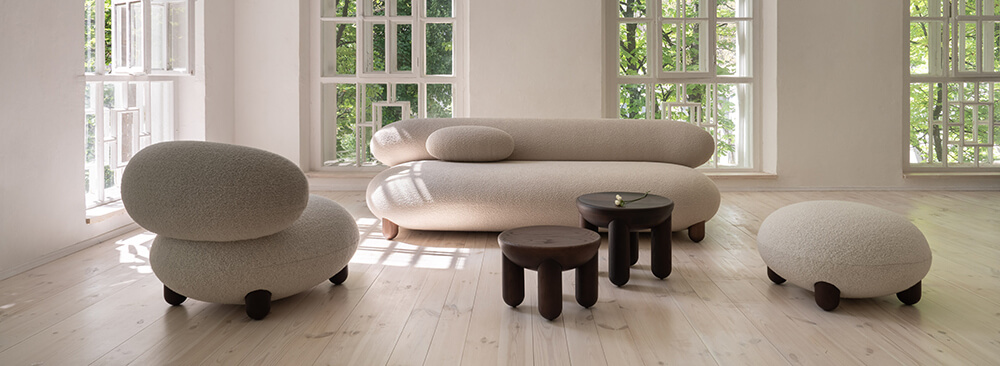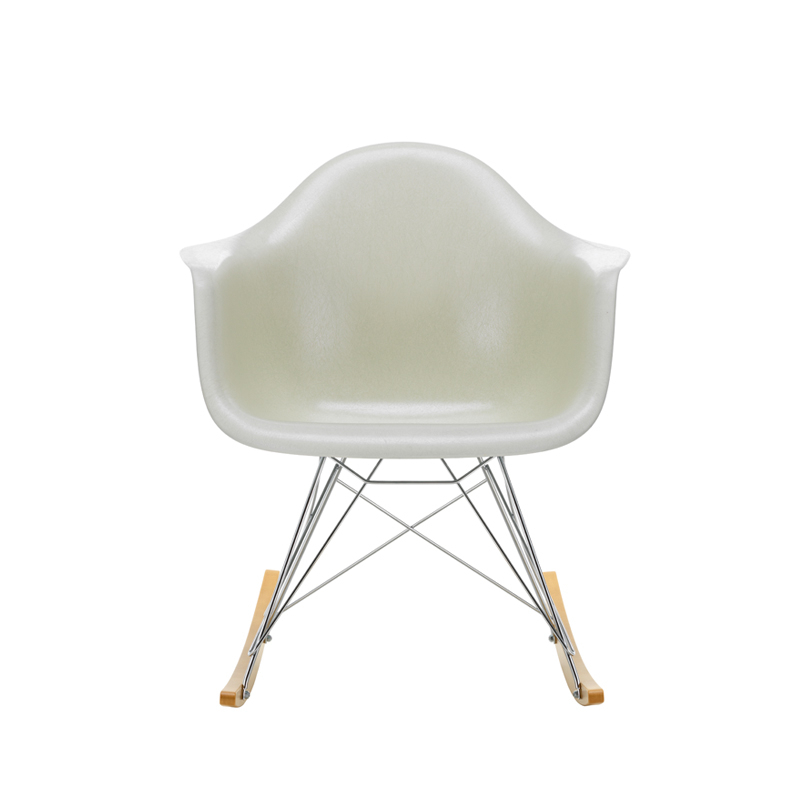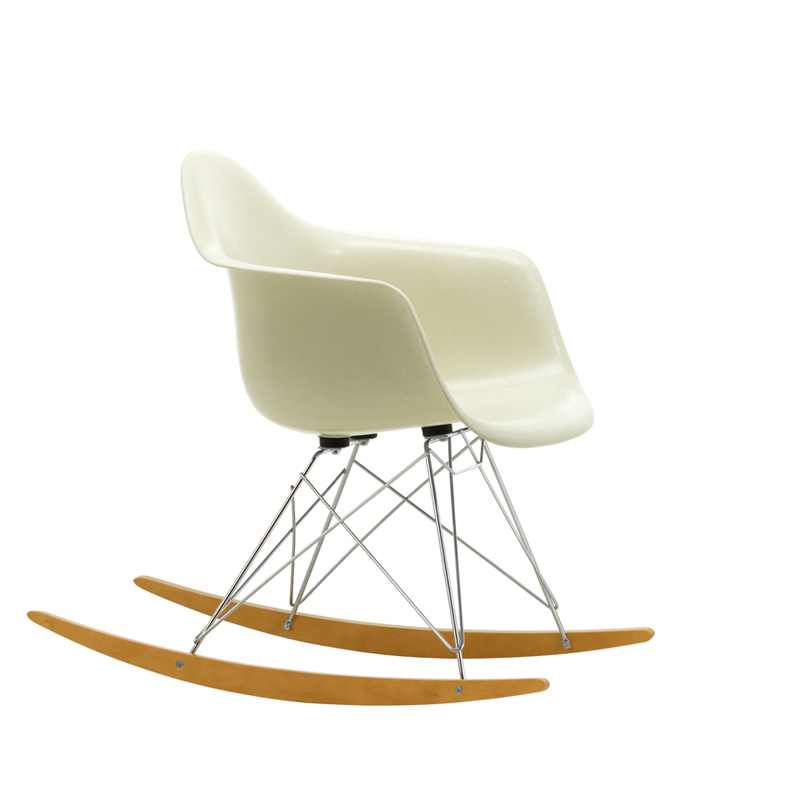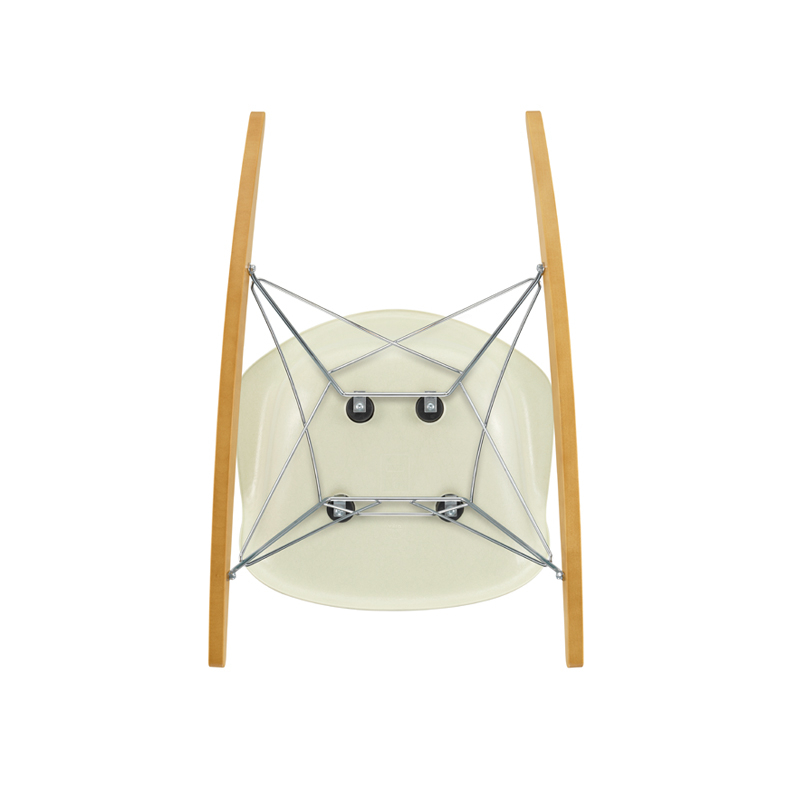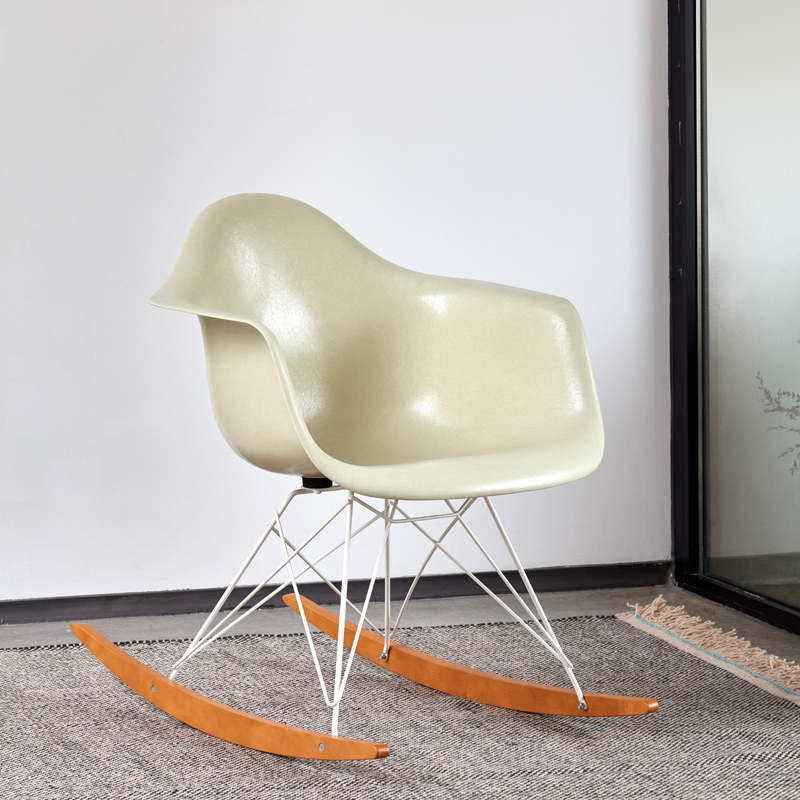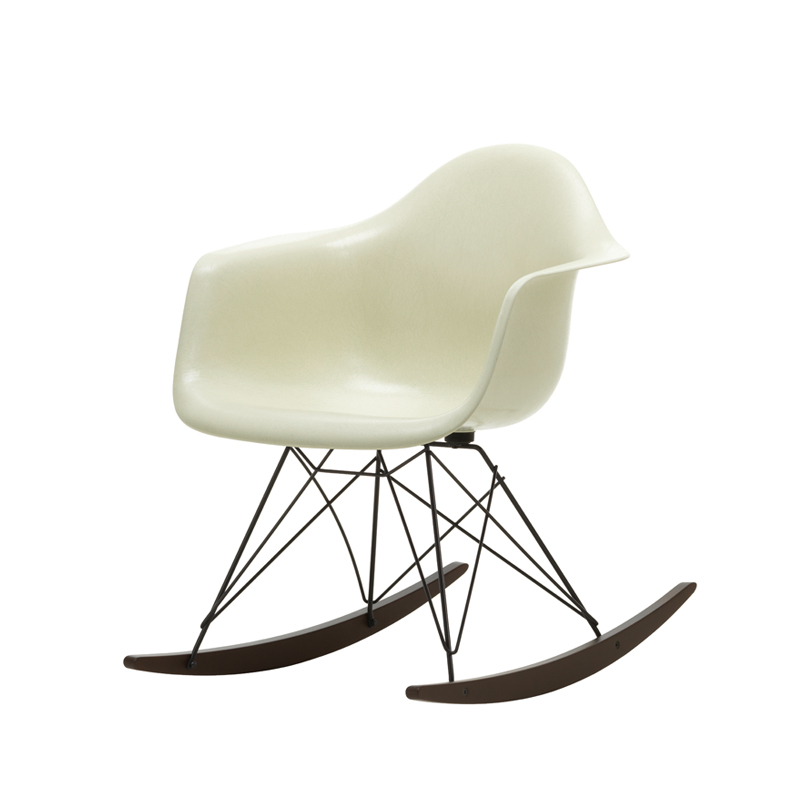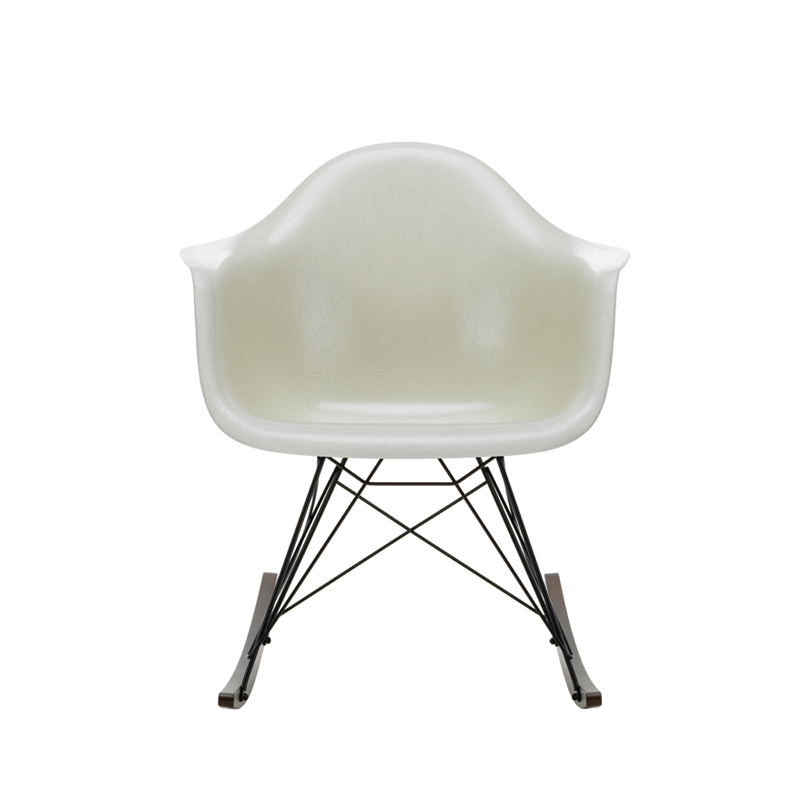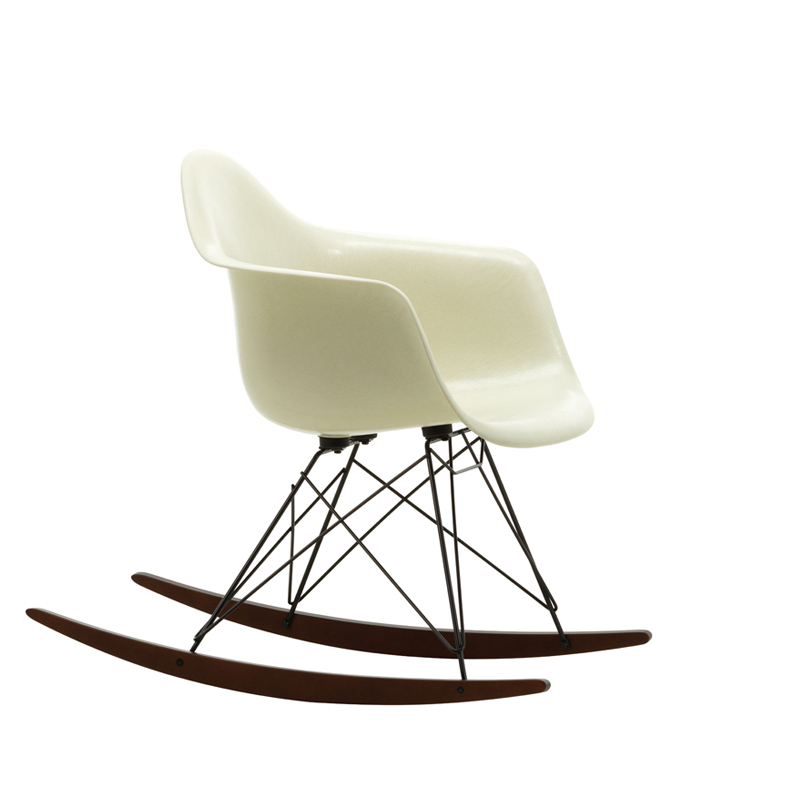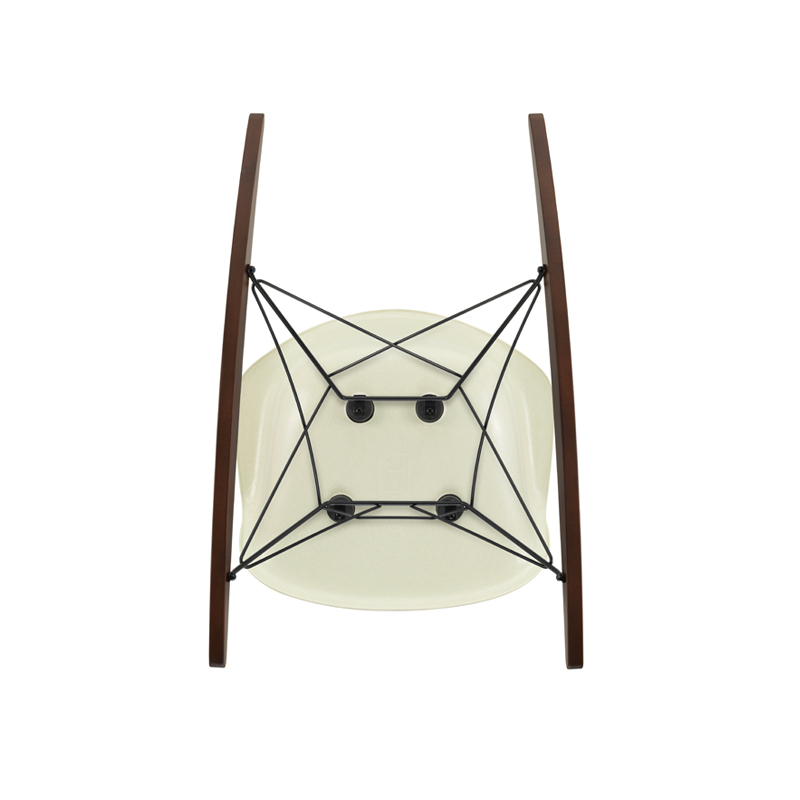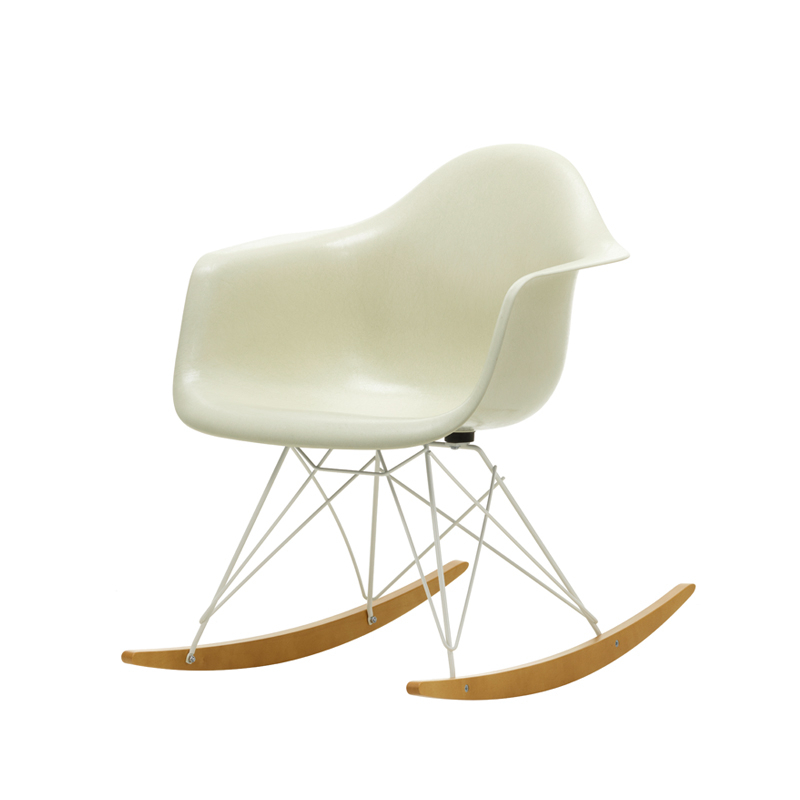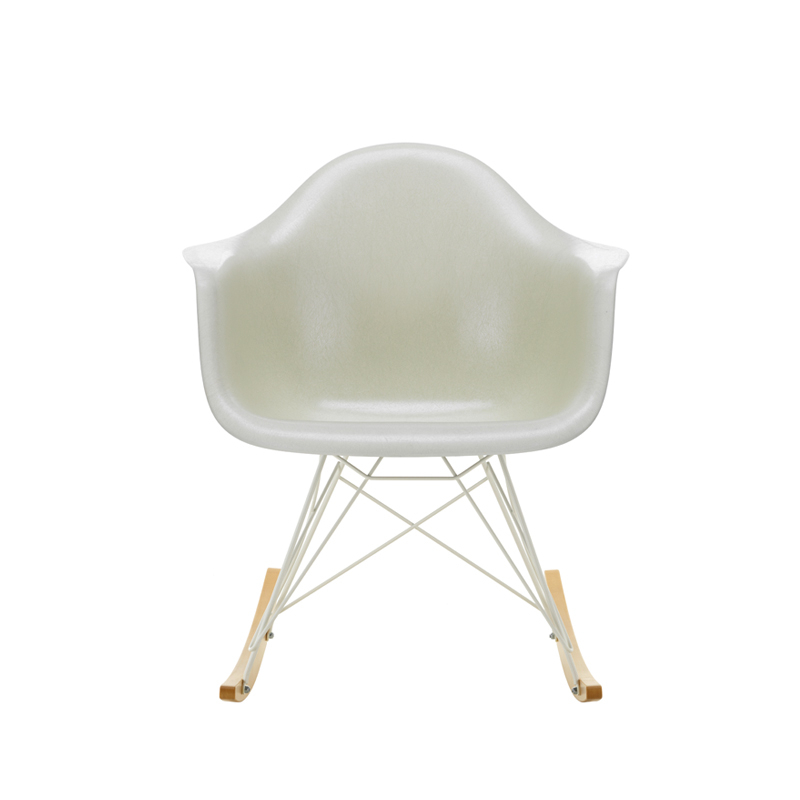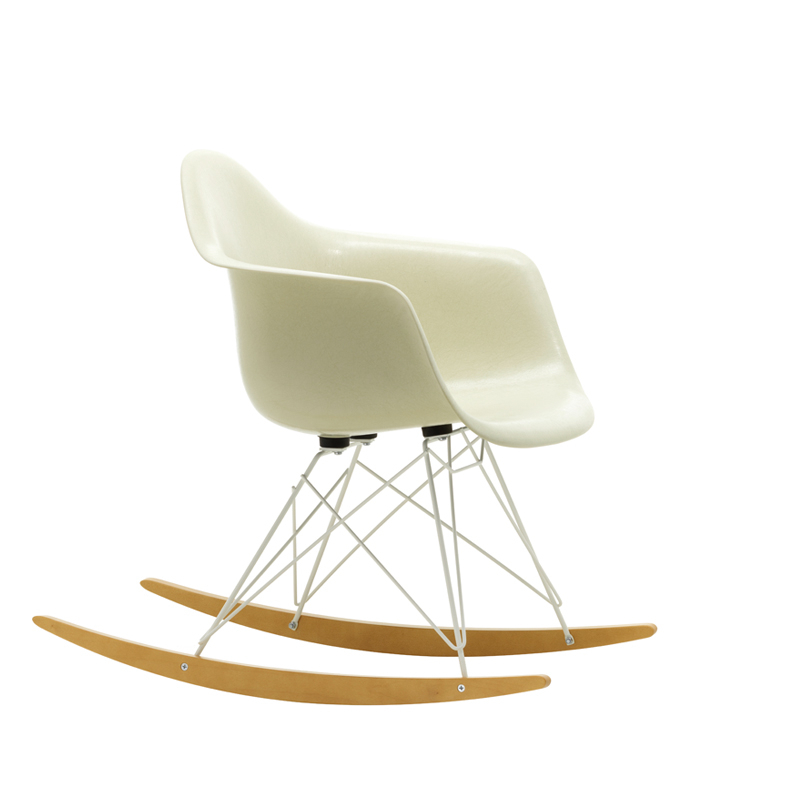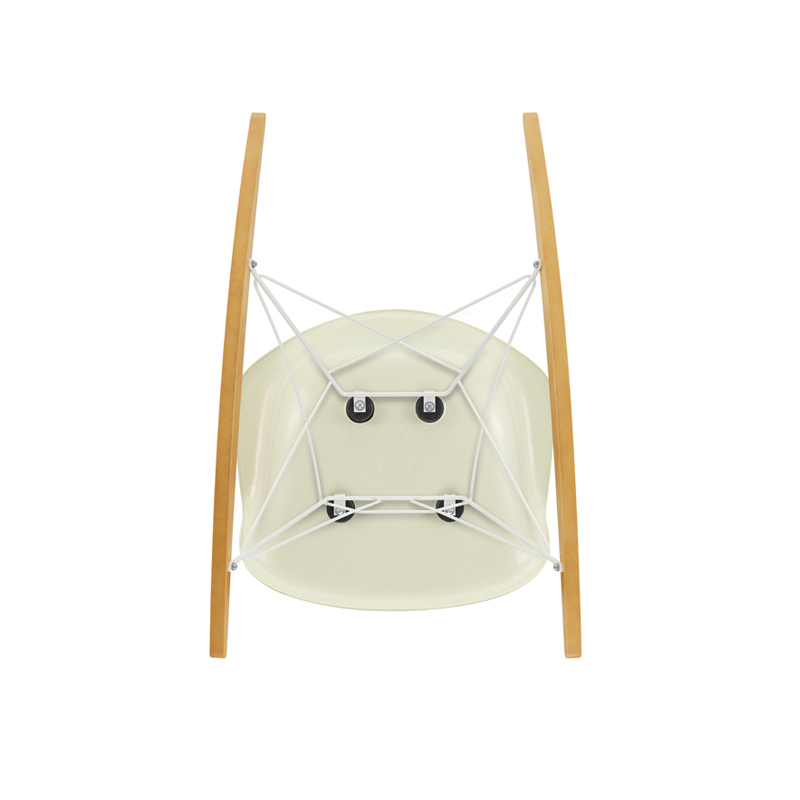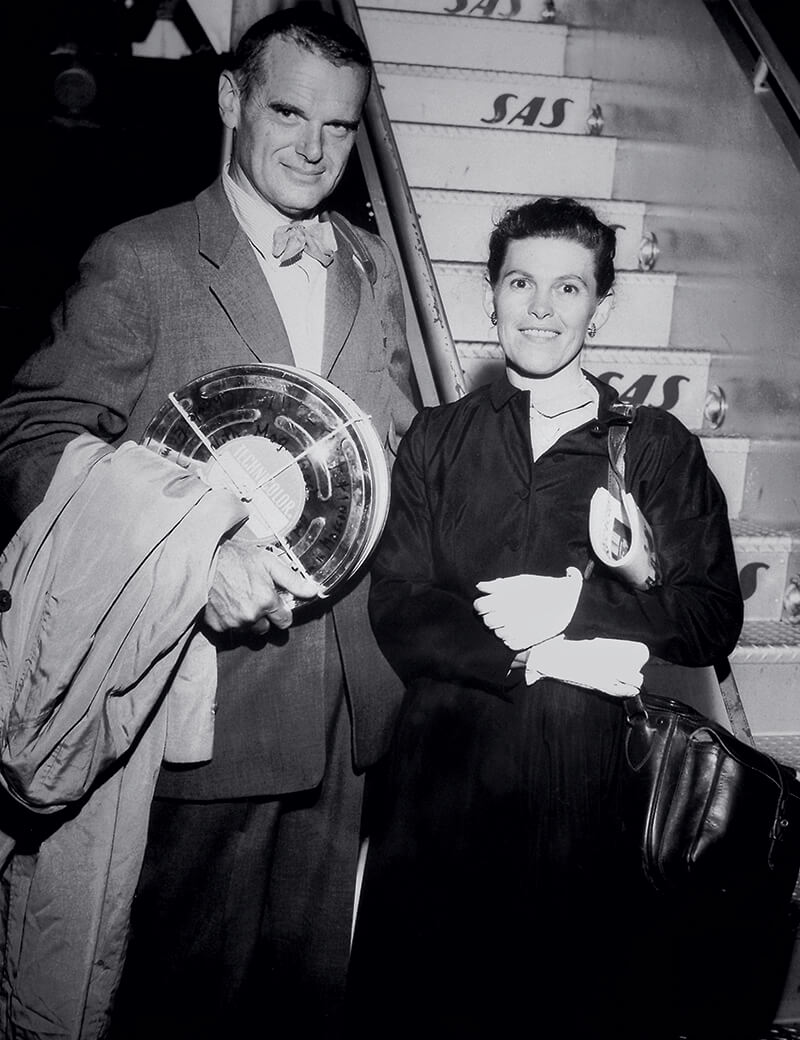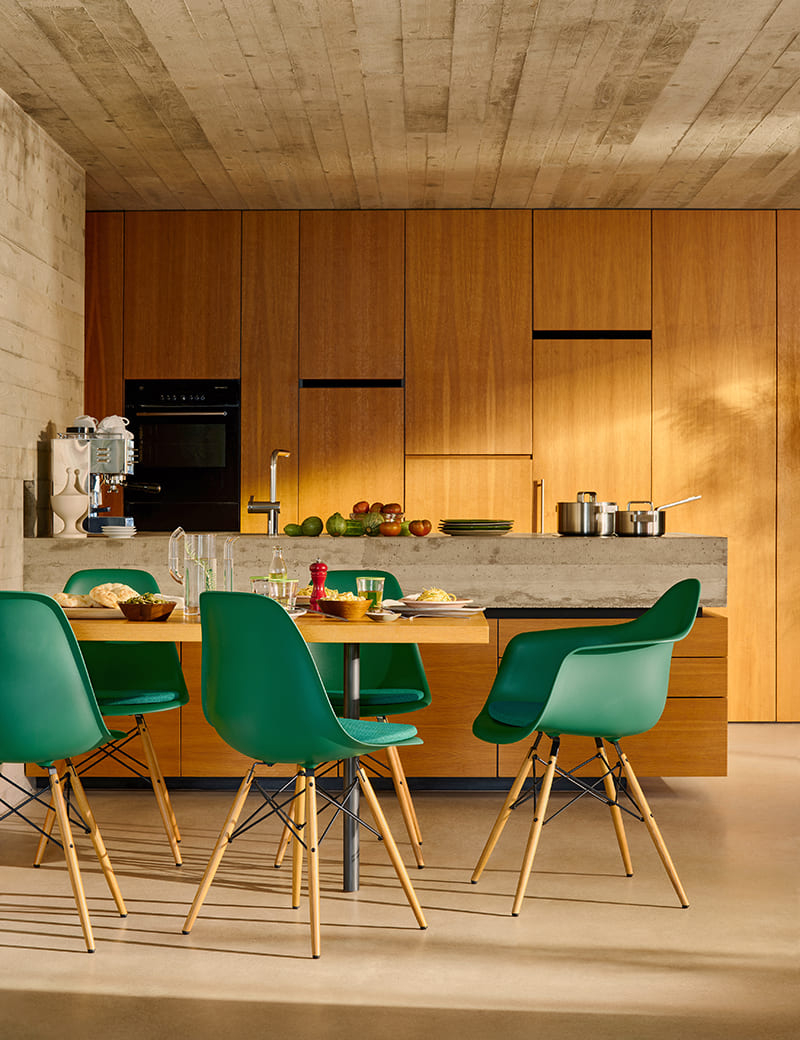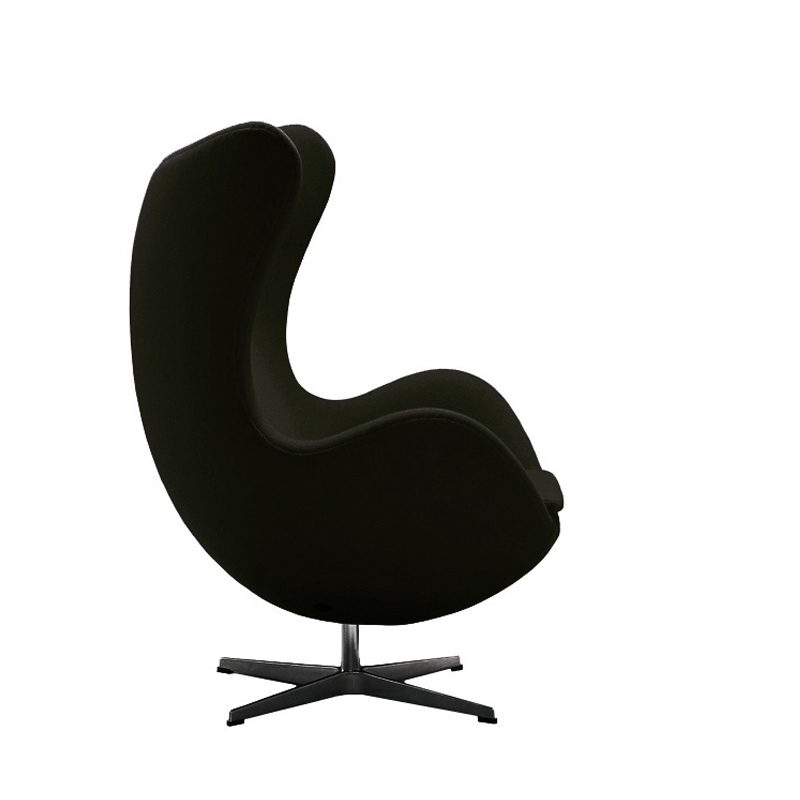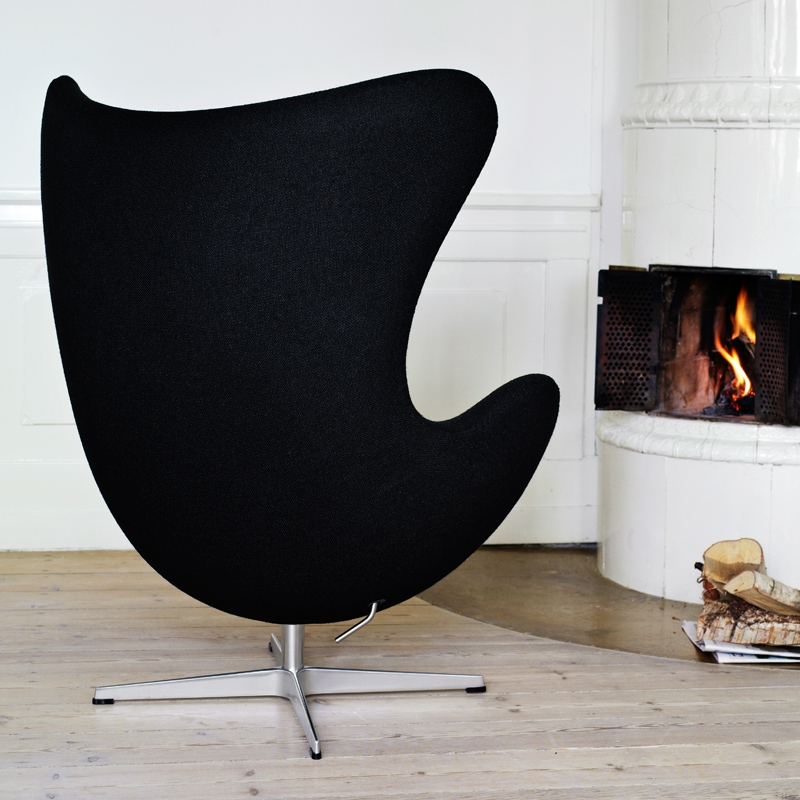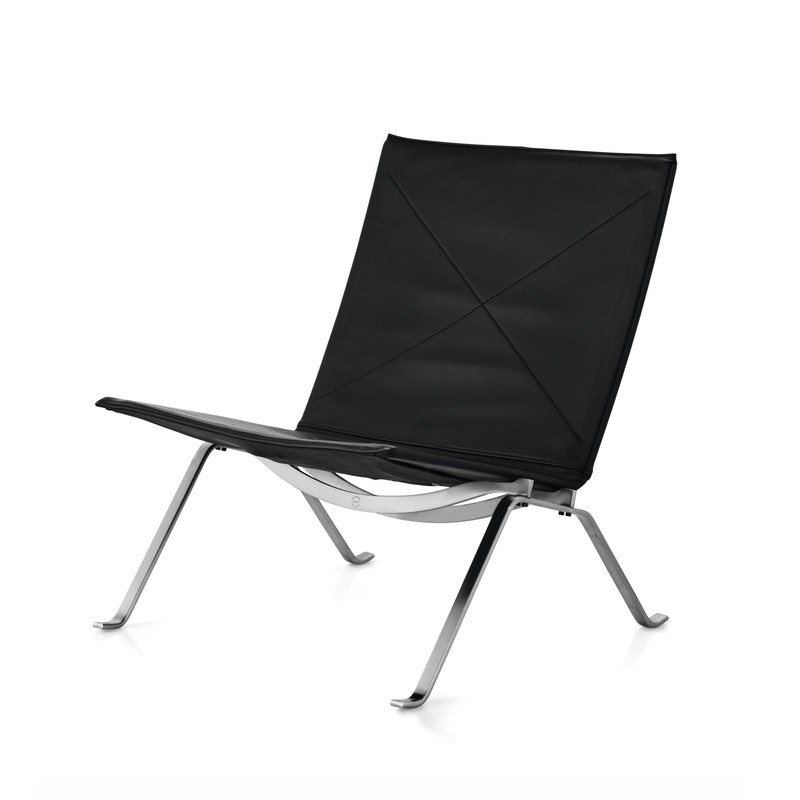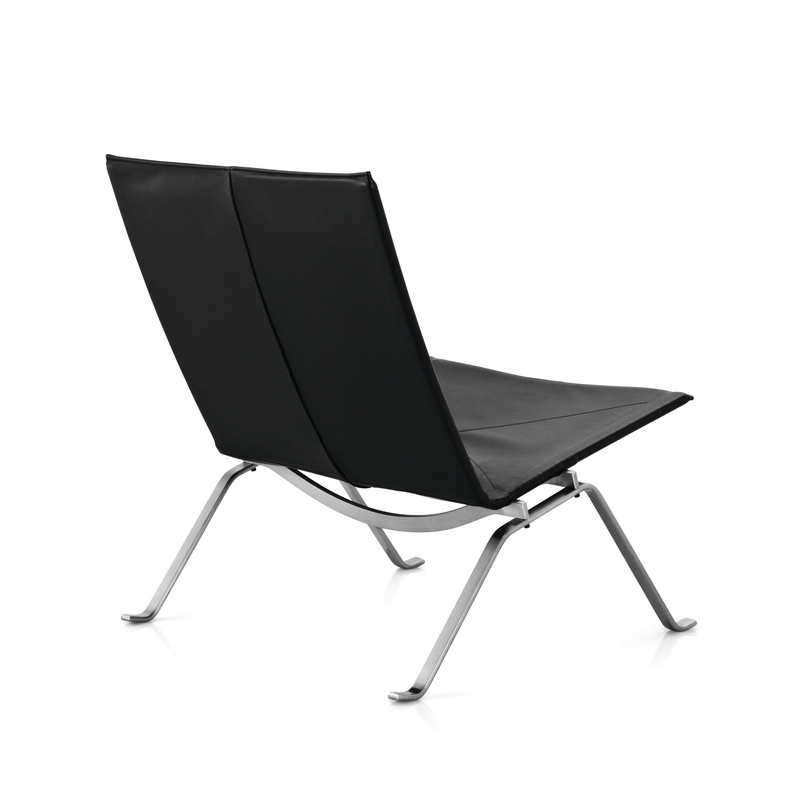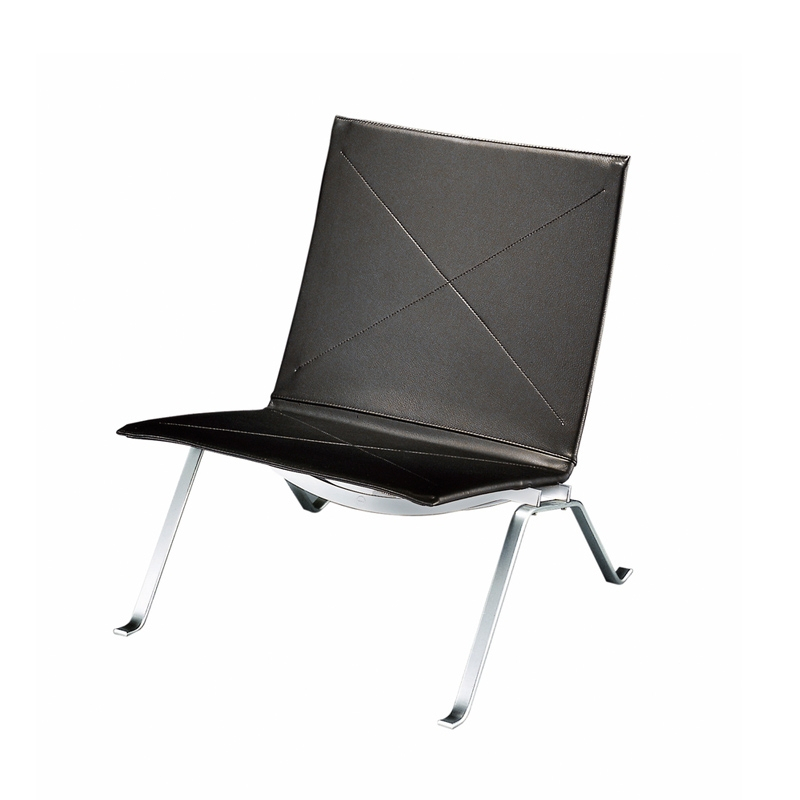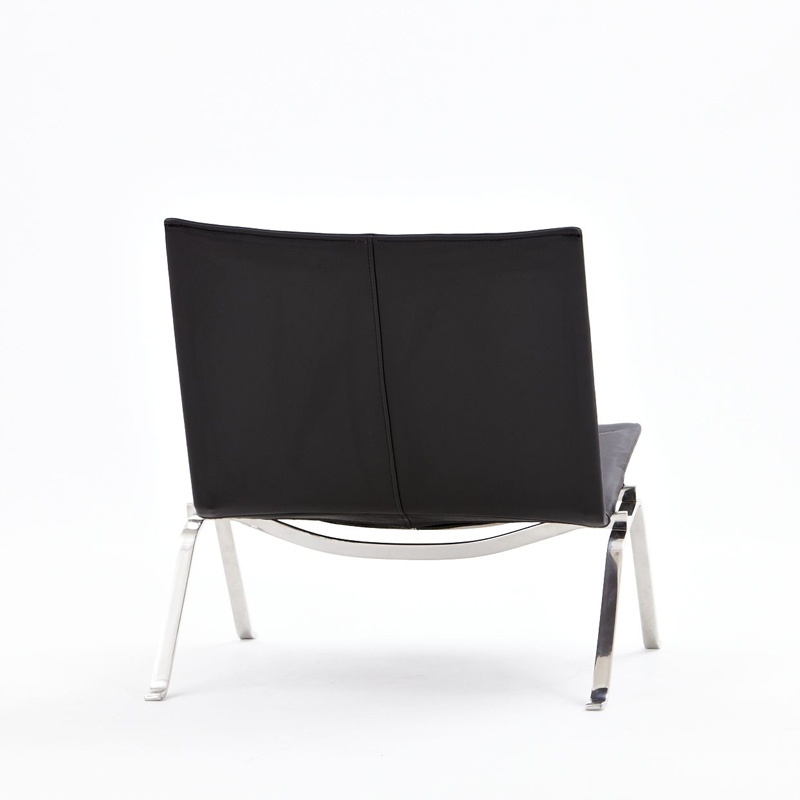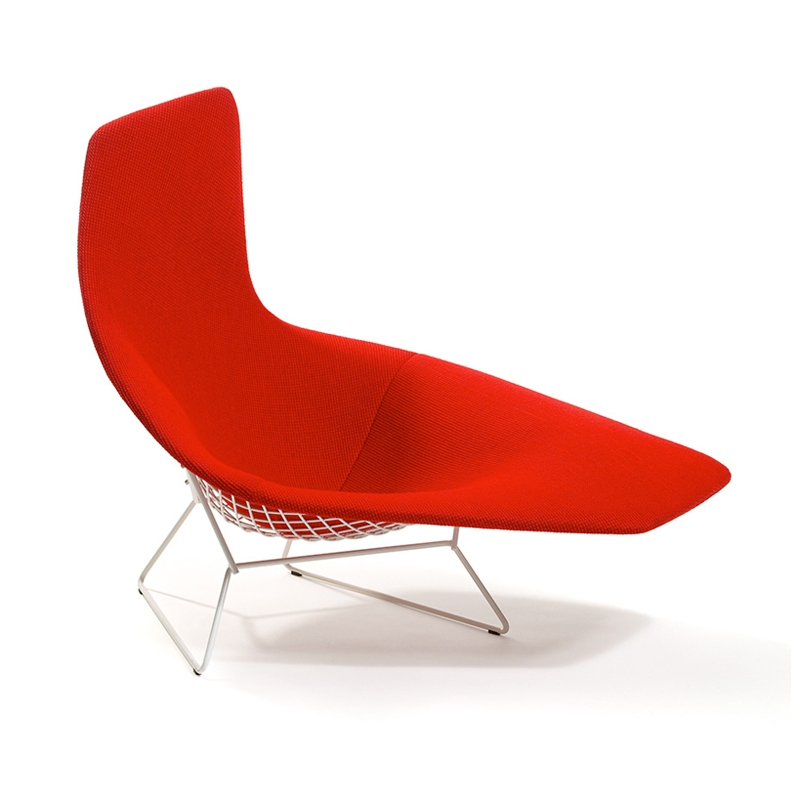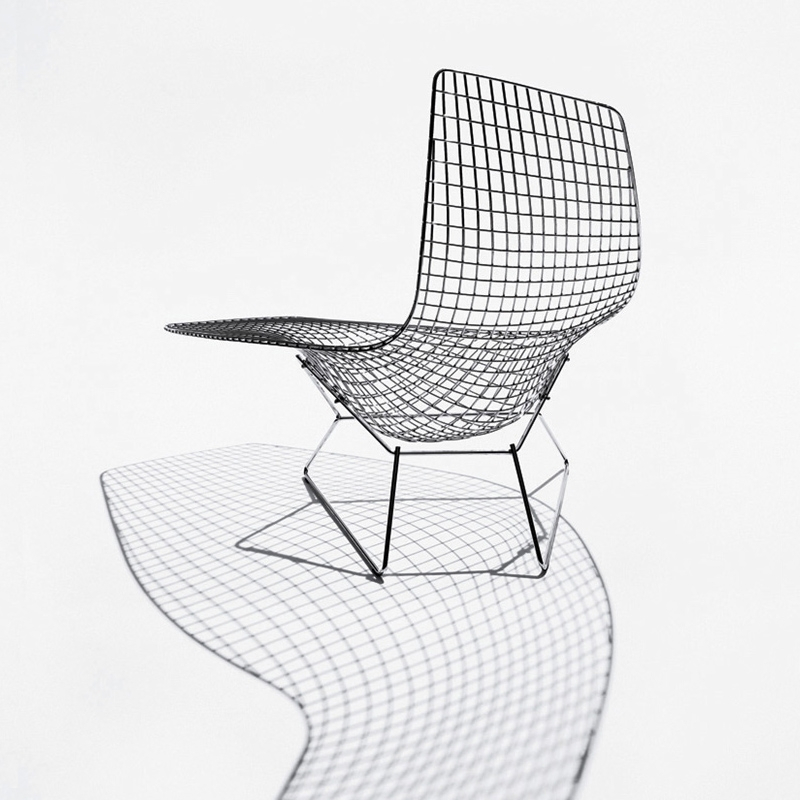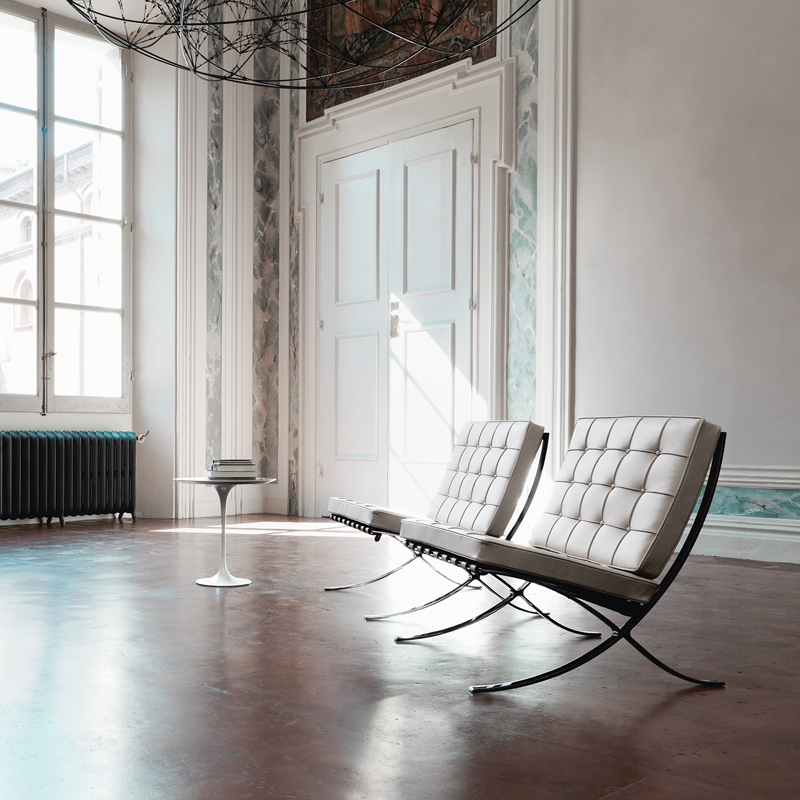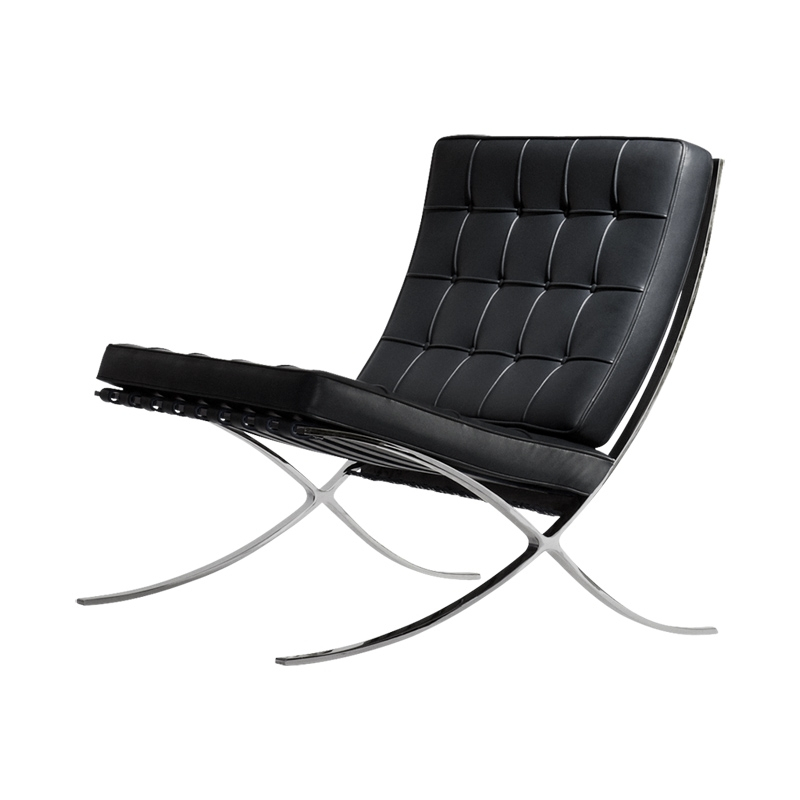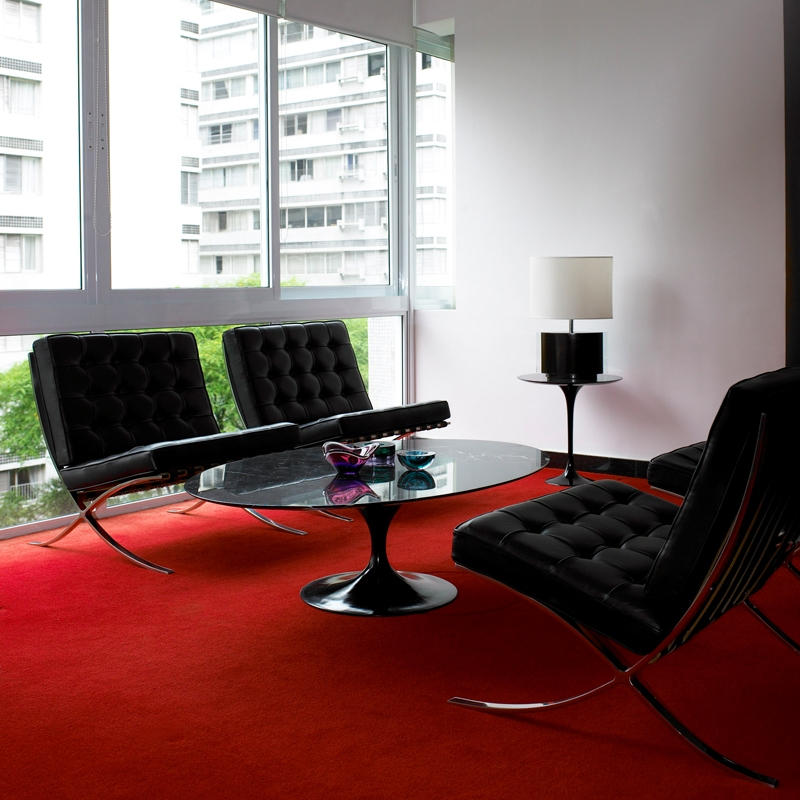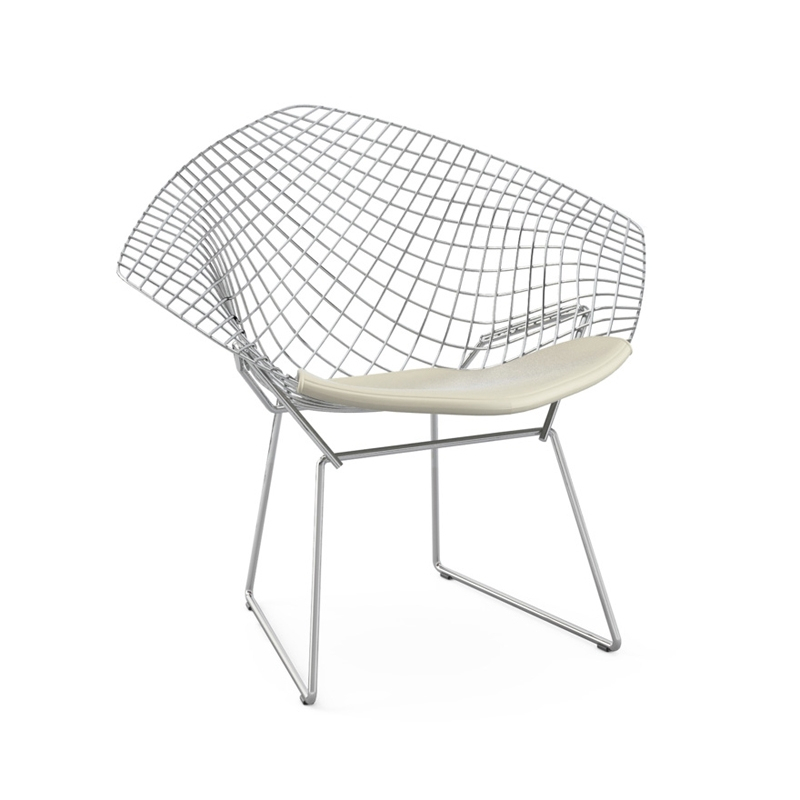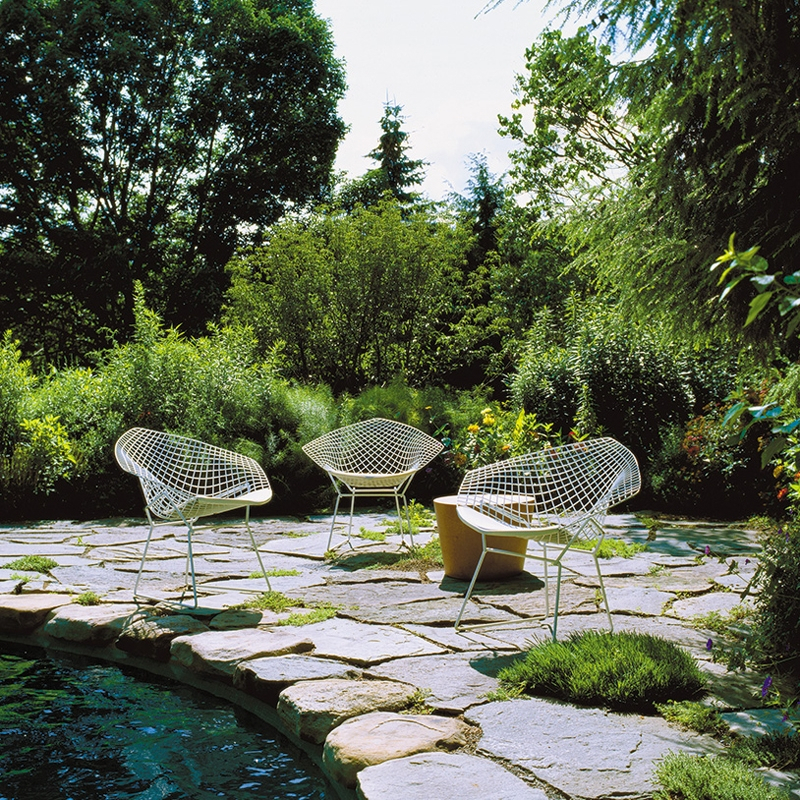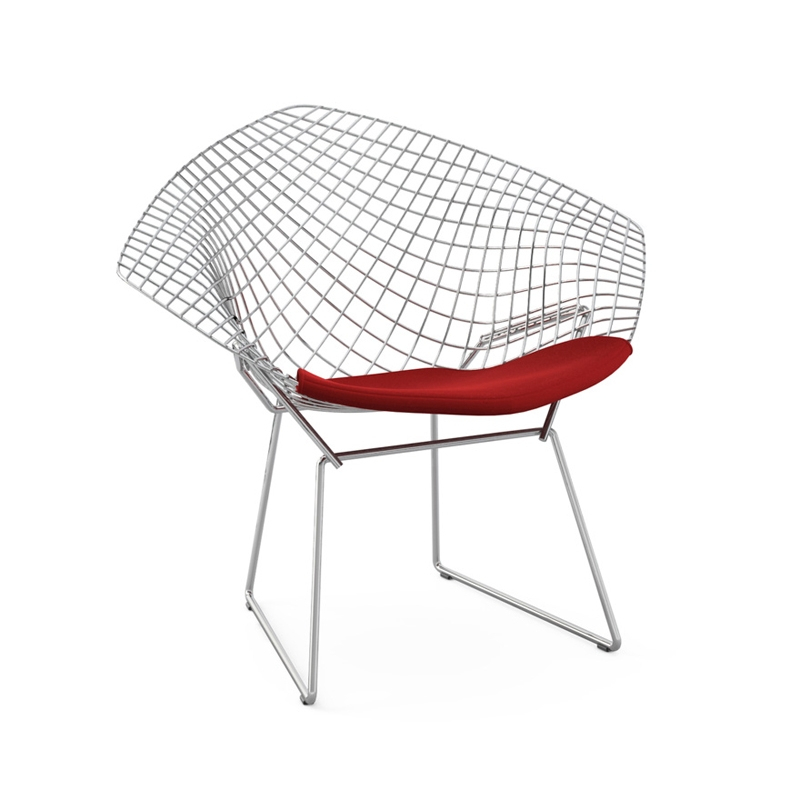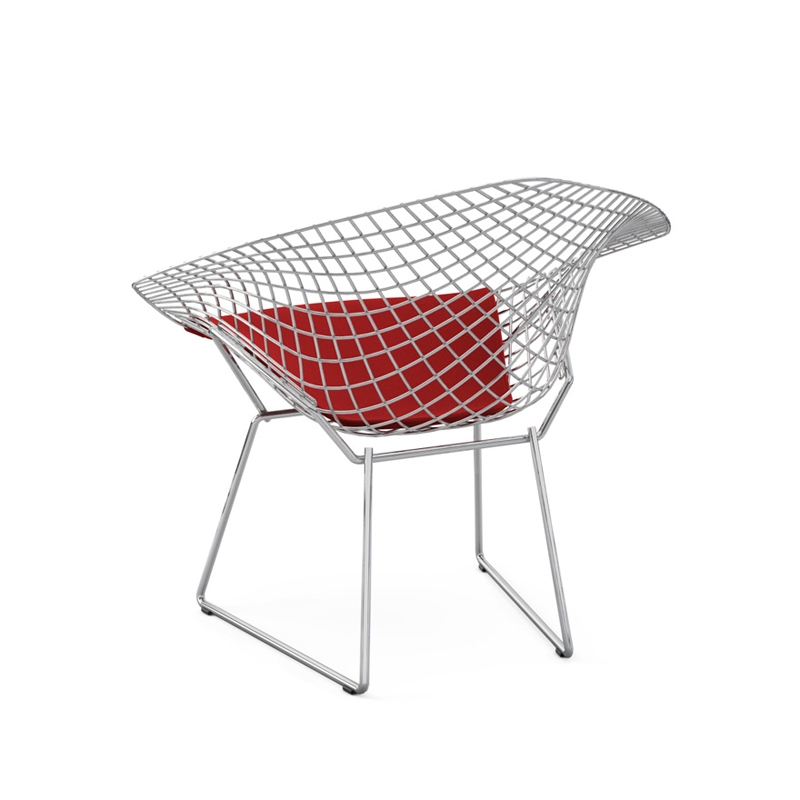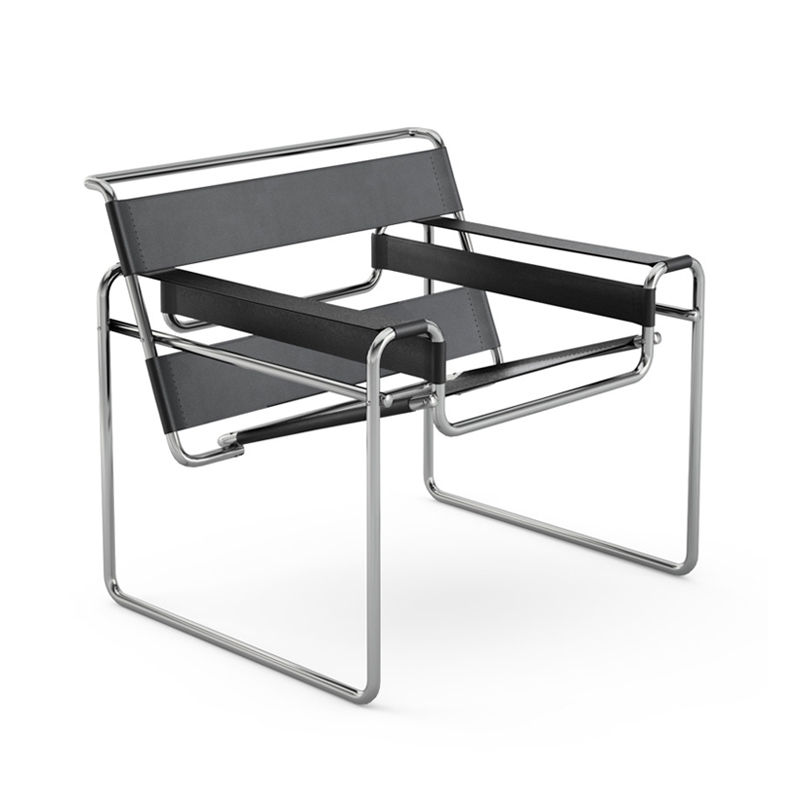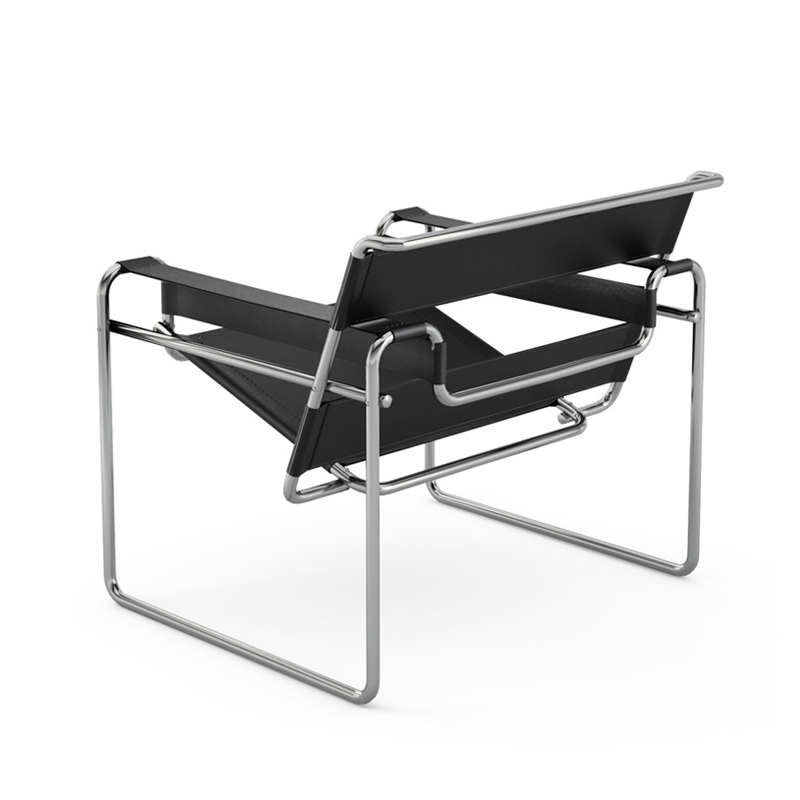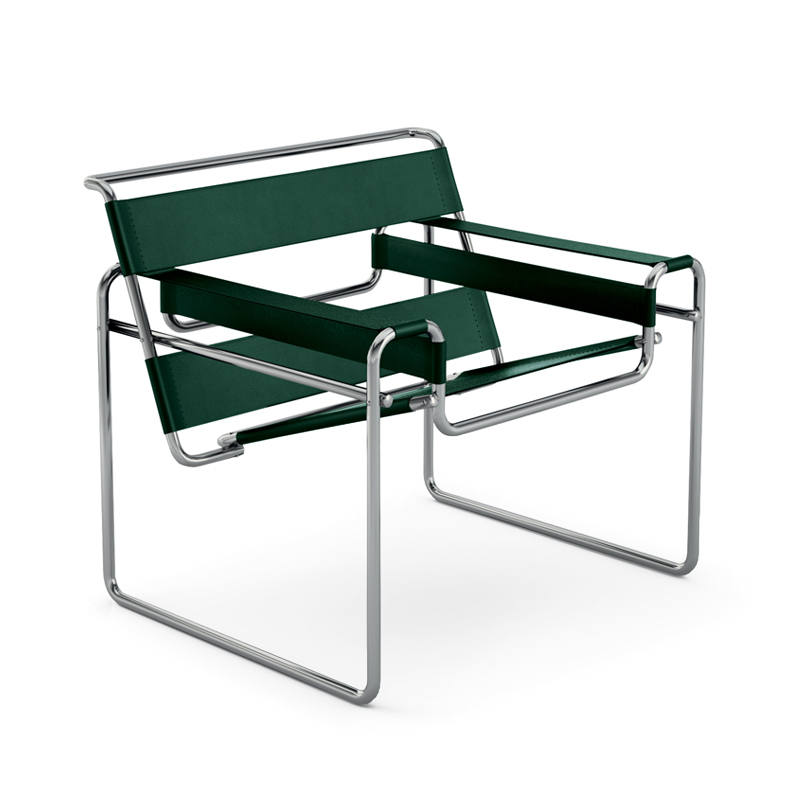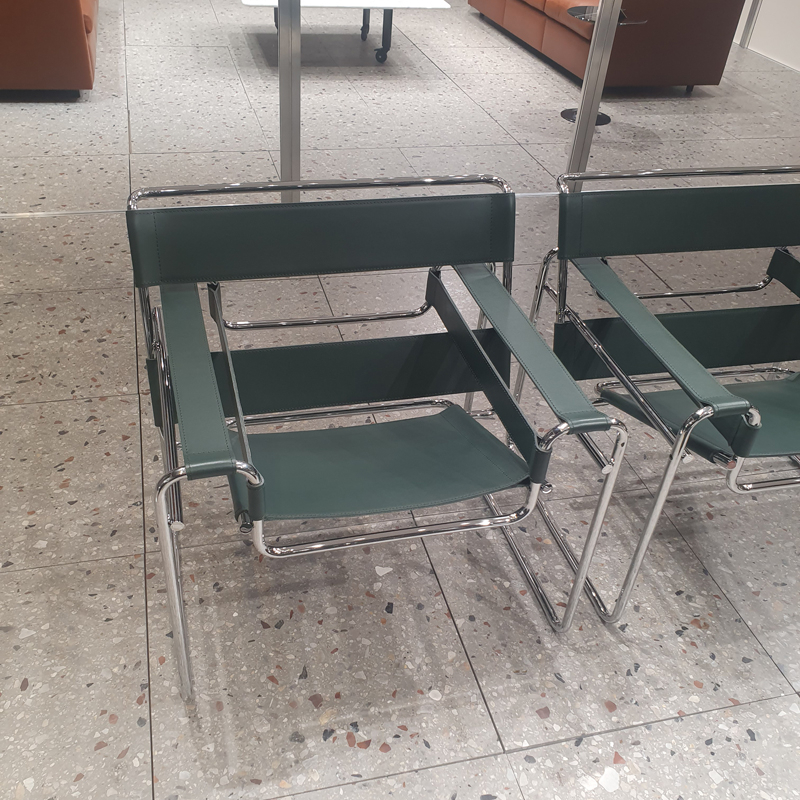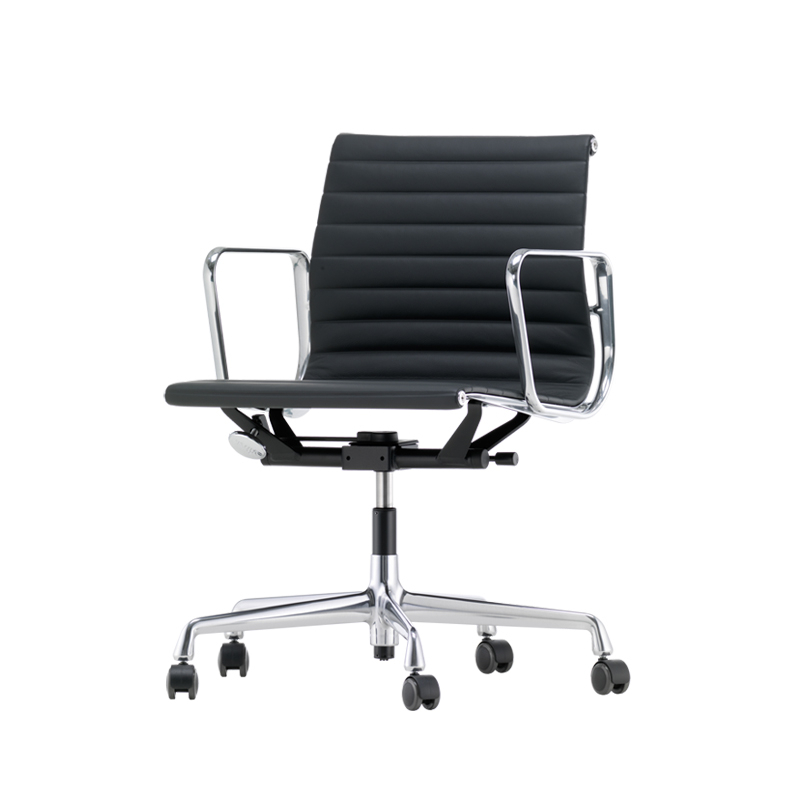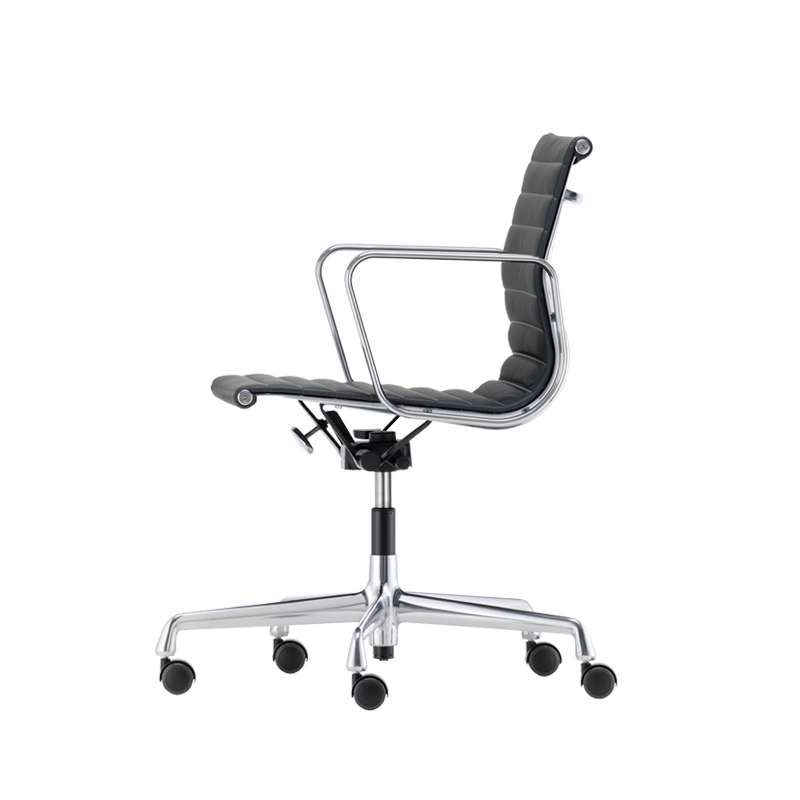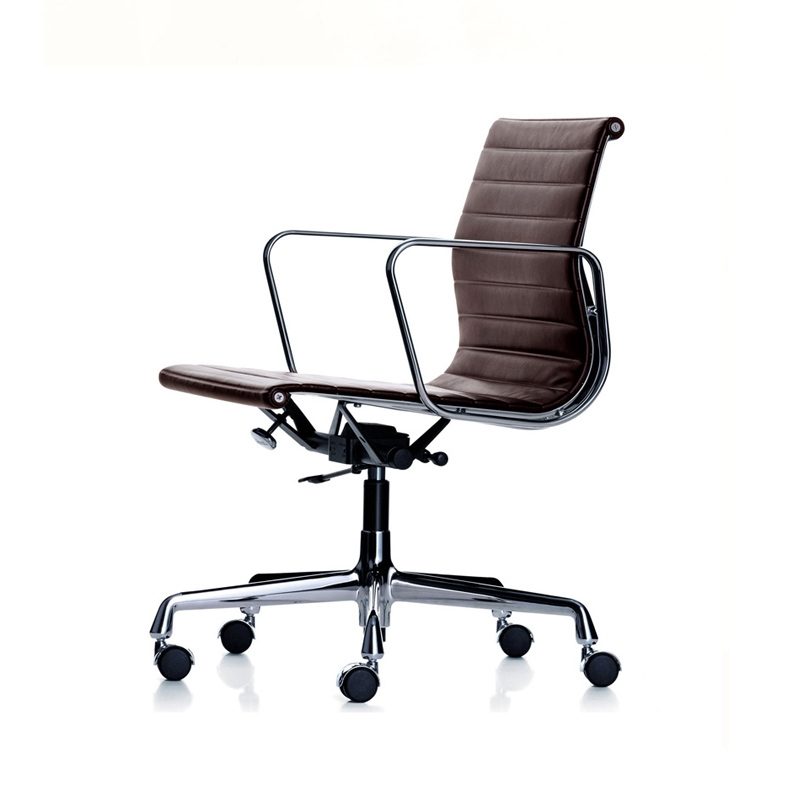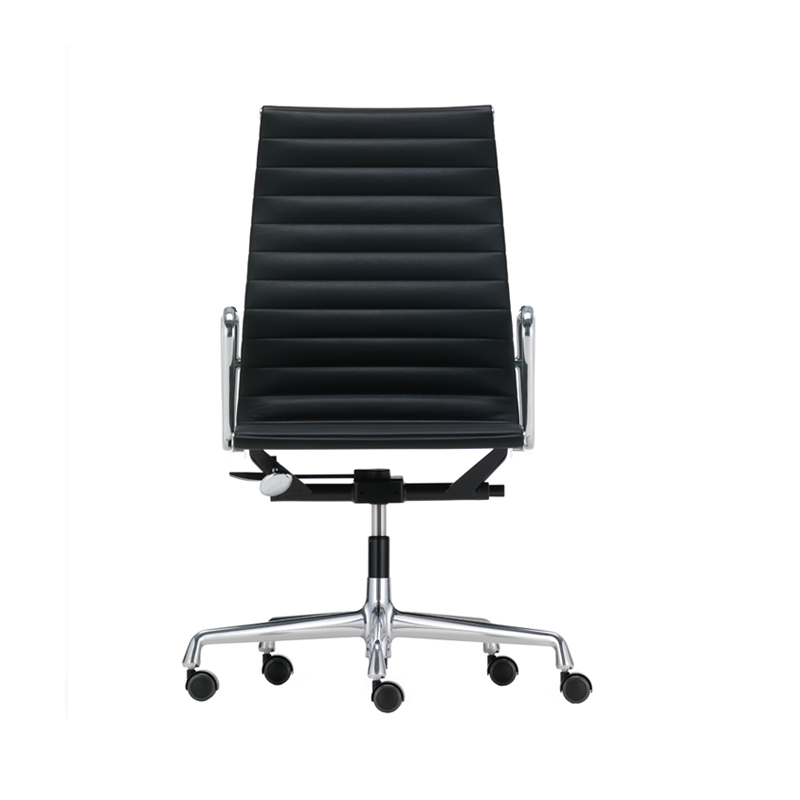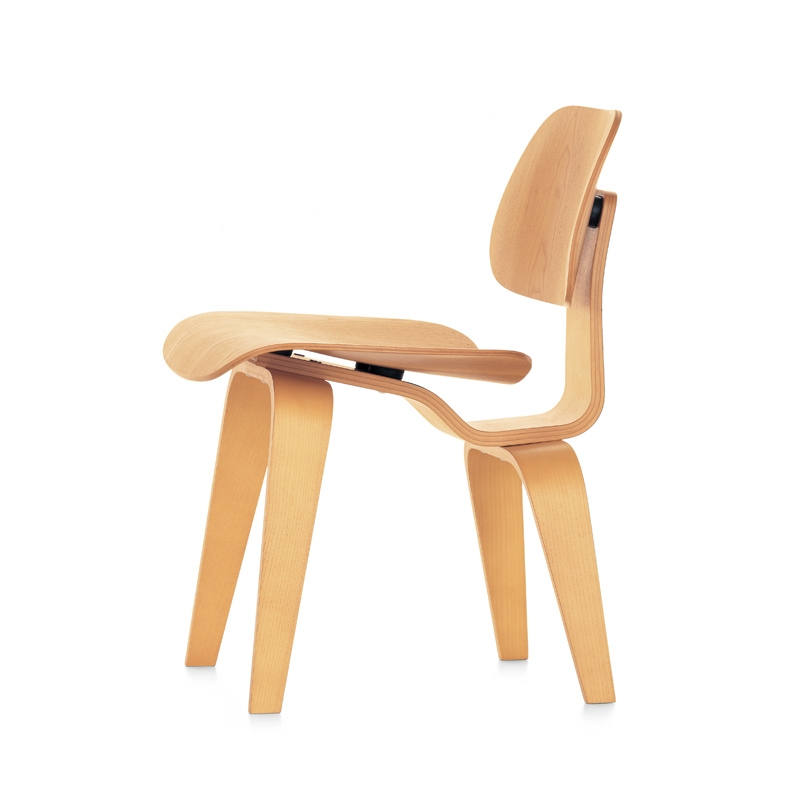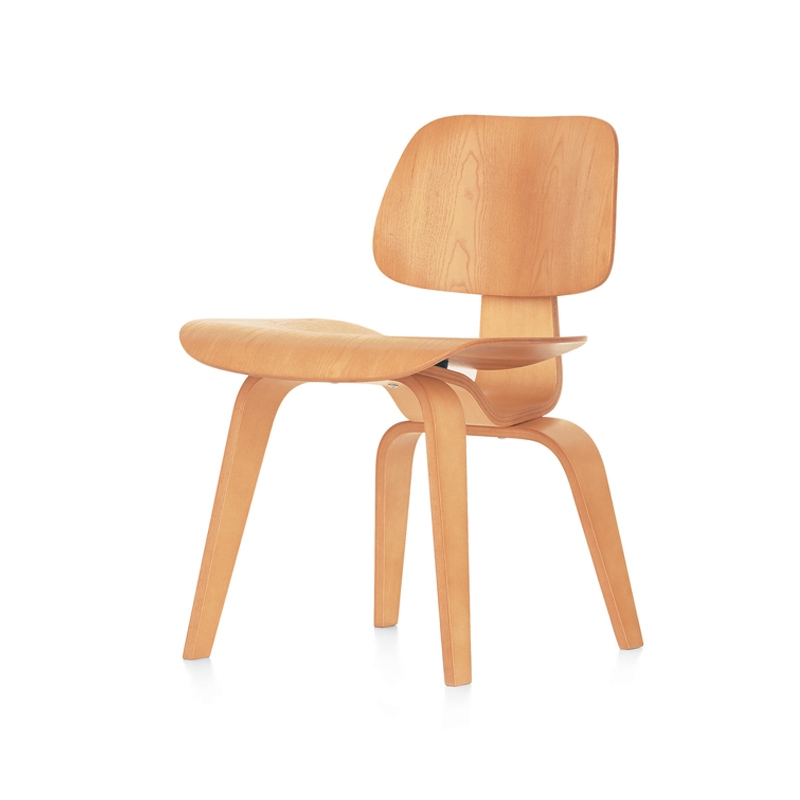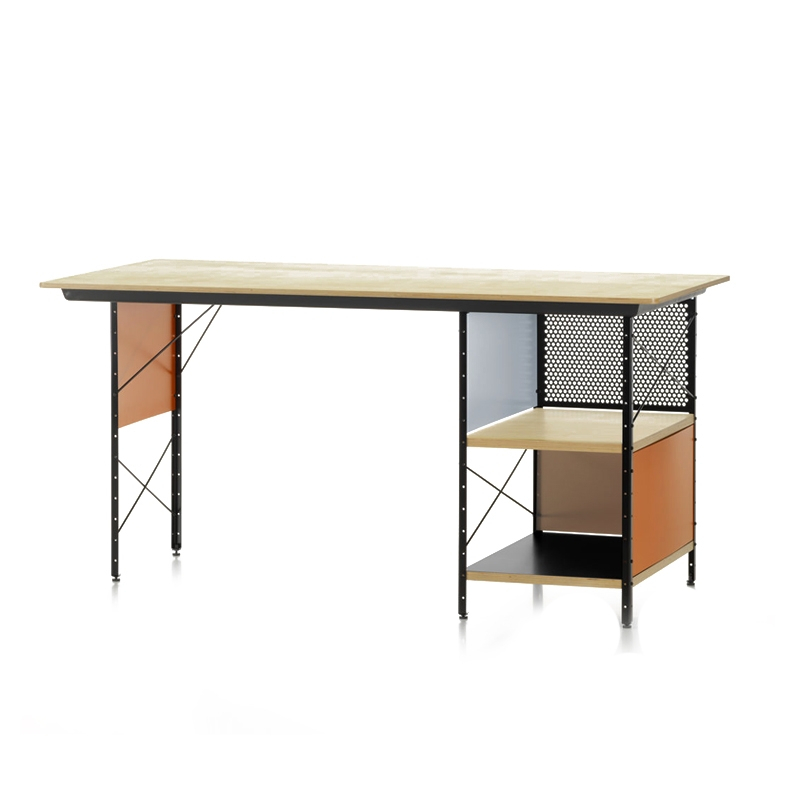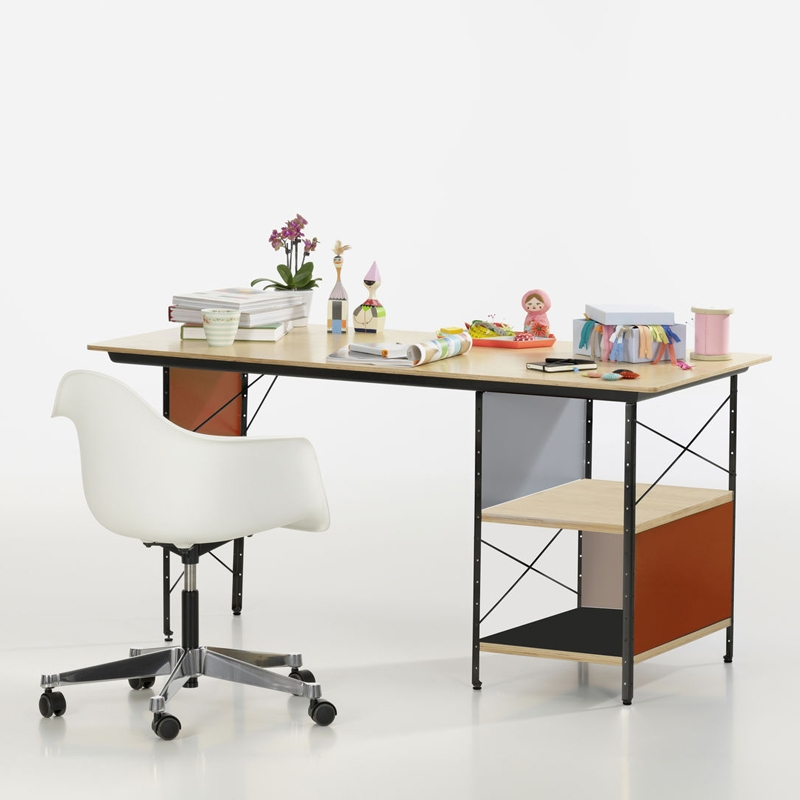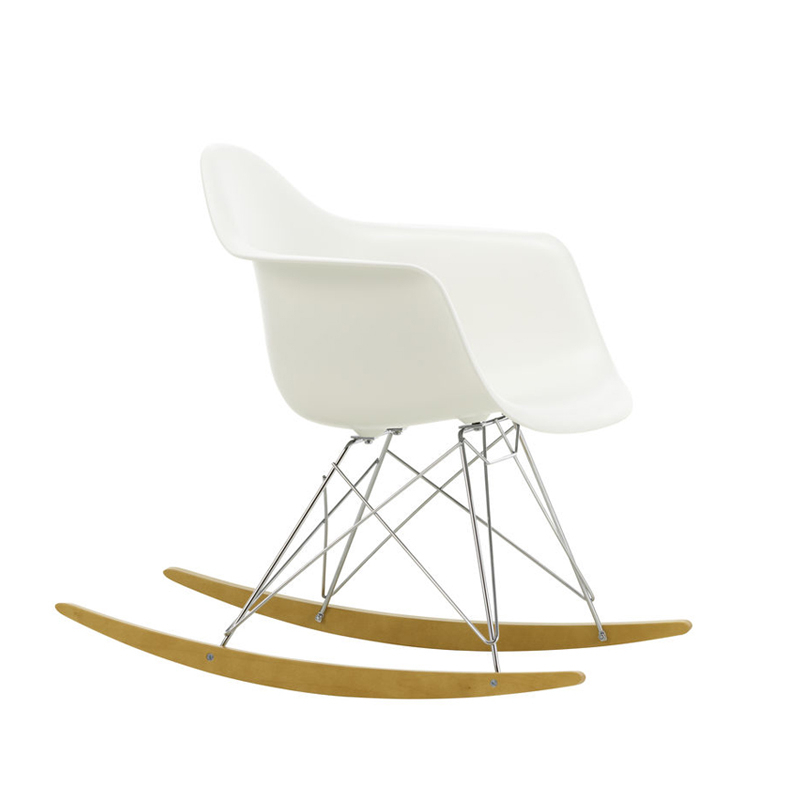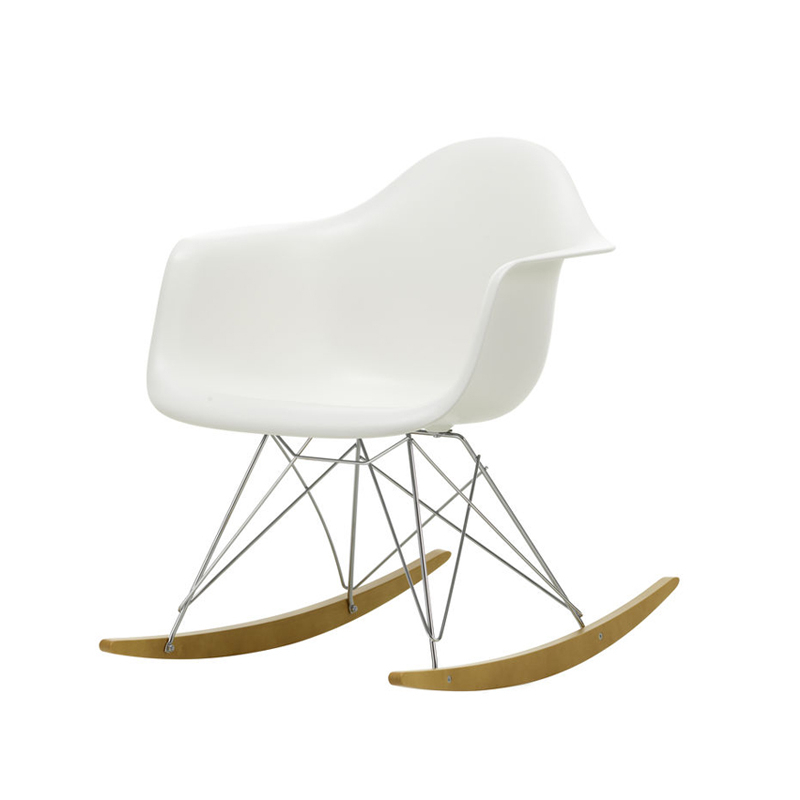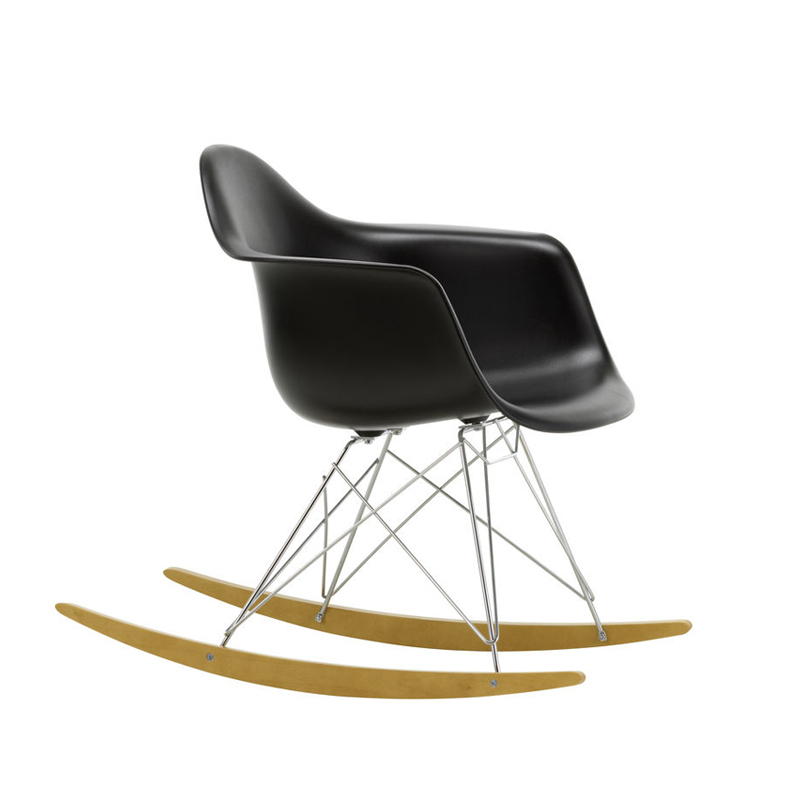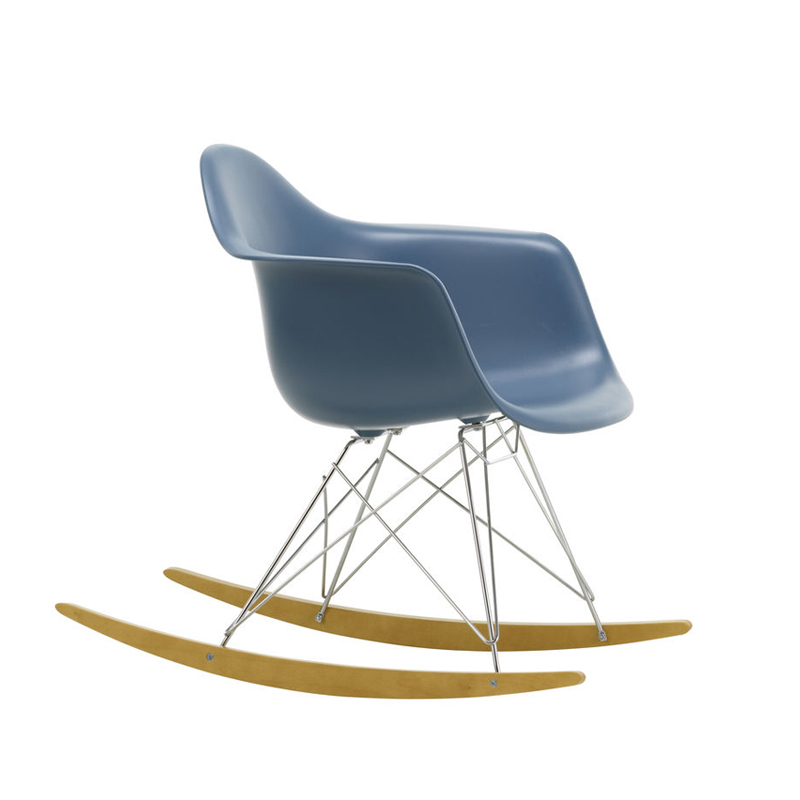- wishlist
-
Cart
Your cart is empty.
menu overlay
menu overlay
Already a customer?
New customer?
Enjoy all the benefits we offer and track your purchases in the order history.
Registermenu overlay
Reset my password
You will receive a link by email to reset your password.
Easy chair EAMES FIBERGLASS ARMCHAIR RAR Parchemin Eames VITRA
€1,100.00
€916.66 HT
or in

EAMES FIBERGLASS ARMCHAIR RAR Parchemin Eames
Chromé brillant/ érable nuance de jaune
€1,100.00
€916.66 HT
€1,100.00
€916.66 HT
Description
With Eames Fiberglass RAR, Vitra reissues Charles and Ray Eames' iconic armchair in several of the original colours. The Eames Armchair, published by Vitra, has been constantly improved and adapted throughout its long production history. Launched on the market in 1950, the Eames Fiberglass was the first plastic chair to be mass-produced. It also marked the introduction of the multifunctional chair, whose shell can be combined with a variety of bases - a revolutionary idea at the time that has since spread far and wide. The Eames Fiberglass RAR armchair is the result of a new Vitra manufacturing process that allows the seat shell to be produced in its original colours and in its first material produced. The shells of the Eames Fiberglass RAR Vitra chair stand out for the characteristic irregular surface of the fibreglass, which appears almost like a natural material thanks to its clearly visible fibres. Vitra Fiberglass seats form a vast family that offers countless variations suitable for almost any use.
Color
Parchemin Eames
Colour
white
Material
composite
Base
chromé brillant/ érable nuance de jaune
Dimensions
l 63 x p 81 x h 76 cm, assise h 37 cm
Finish
polyester renforcé de fibre de verre, fil d'acier, érable
- Home
- ▸
- Easy chair
- ▸
- EAMES FIBERGLASS ARMCHAIR RAR Parchemin Eames
What you think of it
Delivery Terms
Delivery possible within 48 hours for in-stock products.
You will also like
By the same designer
menu overlay
Quote request
You will receive a response from us within 24/48 hours
Your contact details
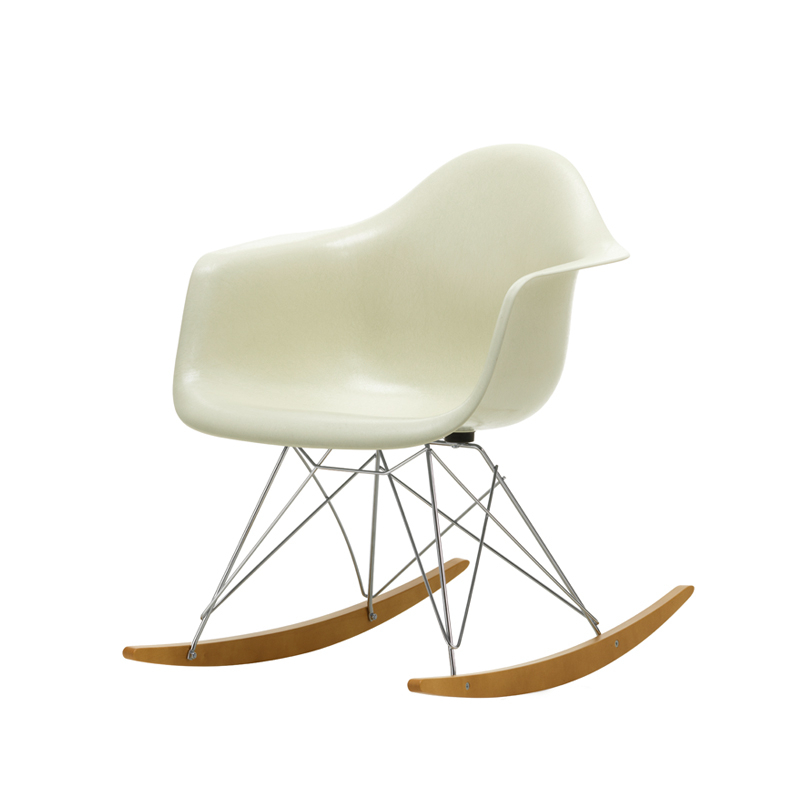
Easy chair
EAMES FIBERGLASS ARMCHAIR RAR Parchemin Eames
VITRA
Color :
Parchemin Eames
€1,100.00 TTC
€1,100.00 HT
In stock
In stock
€1,100.00 TTC
€1,100.00 HT
Total items :
€1,100.00
Taxes
0 €
Total (VAT incl.)
€1,100.00


